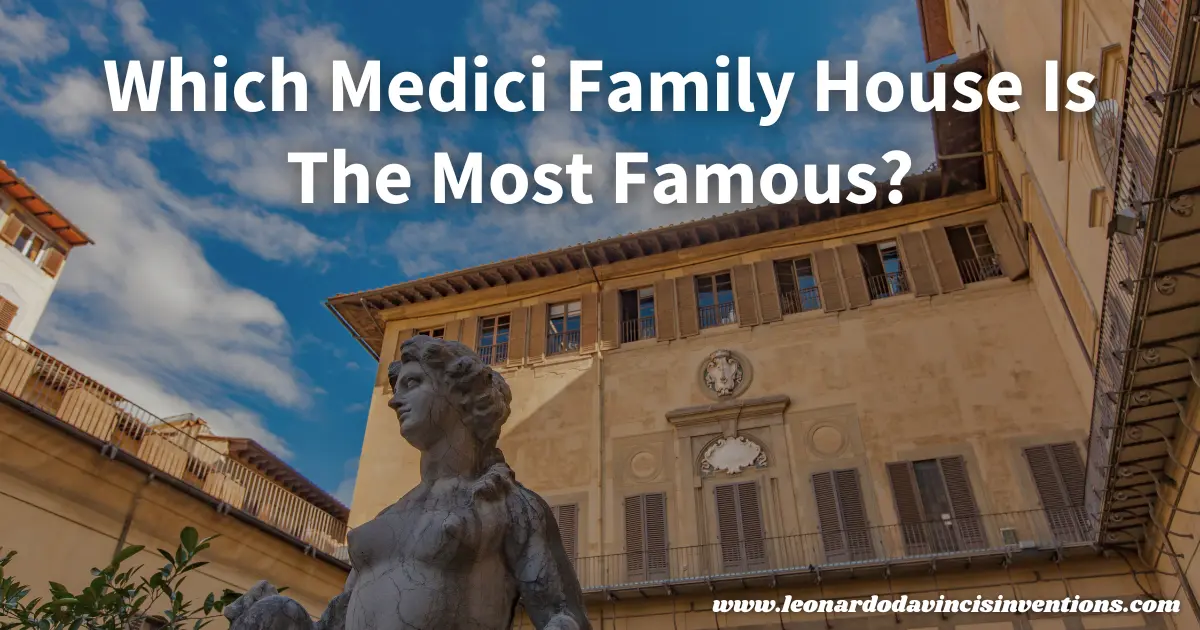
Medici family houses have fascinated historians and travelers for centuries. Many people wonder which is the most famous and why it stands out.
This guide will help you determine which Medici house is the best known and why it holds an important place in history. You will also learn about the primary locations where the Medici resided and their historical significance.
The most famous Medici family house is the Palazzo Medici Riccardi in Florence.
This 15th-century Renaissance palace was the center of the family’s power, culture, and political influence.
The Palazzo Medici Riccardi stands out for its striking architecture. It became a model for later palaces and remains closely linked to the Medici family’s legacy.
Other notable Medici residences in Florence include the Palazzo Vecchio and the Palazzo Pitti. These buildings show the family’s changing fortunes and ambitions.
By exploring these famous homes, you can see how architecture and history come together to tell the story of the Medici family.
The Origins and Legacy of the Medici Family House
The Medici family significantly reshaped Florence’s history through their influence in banking, politics, and patronage. Their influence in art, politics, and architecture built a cultural legacy in Italy.
The Rise of the House of Medici in Florence
The House of Medici began as a powerful banking family in the early 15th century. They gained wealth by managing Papal accounts and serving as merchant princes.
Cosimo de’ Medici, known as “Cosimo the Elder,” led Florence’s government and consolidated their power. He set the foundation for the family’s future success.
The Medici family residence, the Palazzo Medici Riccardi, was commissioned in 1444 by Cosimo. This palace symbolized their influence and Renaissance civil architecture in Florence.
It showed their ambition in art, politics, and culture.
Patronage, Wealth, and Renaissance Art
The Medici family played a major role as patrons during the Renaissance. They supported artists such as Leonardo da Vinci, Michelangelo, and Botticelli.
Their wealth inspired a wave of creative achievements that reshaped European culture and the arts. Lorenzo de’ Medici, called “Lorenzo the Magnificent,” invested in printing books and advancing science.
Their legacy is evident in Florence’s cultural heritage. The Medici name is linked to lost treasures and innovation.
The Medici Family’s Political Dynasty and Nobility
Medici power reached its height as they became rulers of Florence and later the Grand Dukes of Tuscany. Their dynasty lasted for centuries, guiding Florence’s political direction and securing their place among the noble families of Europe.
Through careful marriages and alliances, they expanded their power outside Italy, and the Medici dynasty gained widespread recognition throughout Europe.
Their leadership changed the region’s fate, linking their family name forever to the history of Florence and Tuscany.
Palazzo Medici Riccardi: The Most Famous Medici Family House
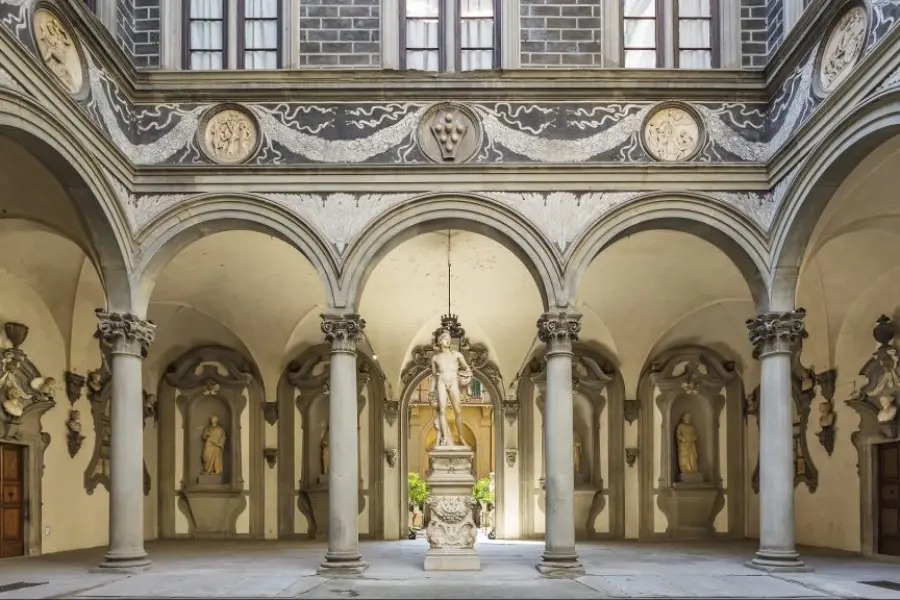
Palazzo Medici Riccardi stands as the most recognized residence of the Medici family. It reflects their power, art patronage, and lasting legacy in Florence.
This grand palace demonstrates the family’s wealth and influence. It played a vital role in shaping Renaissance civil architecture and culture.
Renaissance Civil Architecture and Cultural Heritage
The design of Palazzo Medici Riccardi set the standard for Renaissance civil architecture. Built in the mid-15th century, its rusticated stone, balanced proportions, and inviting courtyard became models for later palaces in Florence and Italy.
Cosimo de’ Medici commissioned the palace in 1444. The building blended classic Roman ideas with new Renaissance style, showing Florentine craftsmanship and innovation.
The Medici residence’s unique mix of tradition and new artistic approaches made it a symbol of stability and progress. Today, the palace is a key part of Florence’s cultural heritage.
The Medici Palace remains a destination for history, architecture, and art enthusiasts. It holds events and exhibitions, preserving the city’s connection to the Renaissance and the House of Medici.
Life and Influence of Cosimo de Medici and Lorenzo de’ Medici
Cosimo de Medici, known as Cosimo the Elder, chose the location and oversaw the construction of Palazzo Medici Riccardi. The palace became the Medici banking family’s main home and power base.
Within these walls, Cosimo managed finances, discussed politics, and gathered nobility. He secured his family’s place as merchant princes and rulers of Florence.
His grandson, Lorenzo de’ Medici, known as “Lorenzo the Magnificent,” hosted scholars, artists, and diplomats in the palace, which he used as a center of politics, learning, and cultural patronage.
Lorenzo’s leadership and support for the arts fostered a golden age in Florence. He attracted figures like Michelangelo and Botticelli.
The Medici family’s presence and decisions from this palace shaped Florence’s political dynasty. They cultivated a legacy in banking, government, and the arts.
Art, Archives, and Historical Documents in the Medici Residence
Palazzo Medici Riccardi holds priceless works of art and important historical documents. The Chapel of the Magi, adorned with frescoes by Benozzo Gozzoli, captures the grandeur and religious devotion of the Medici family.
The palace’s archives comprise letters, records, and documents about banking, politics, and daily life. These materials provide insight into the Medici family’s secrets, patronage, and health issues, including joint disease and gout, among the Medici nobility.
The archives and preserved rooms offer scholars a wealth of resources on Florence’s history, the Medici art collections, and the family’s cultural and political influence.
The Enduring Influence of the Medici Family House in Italy
The Medici family house changed the course of Italian history. Their power is deeply connected to the politics, economics, art, and science of Florence and the Renaissance era.
Medici Family Power, Wealth, and Influence in Modern Italy
The House of Medici began as a powerful banking family in Florence. They soon became a leading political dynasty.
Their wealth came from international banking. Cosimo de’ Medici and Lorenzo de’ Medici gained real power over Florence’s politics and economy.
They used their wealth to build the Palazzo Medici Riccardi and other notable buildings, which are now a major part of Italy’s cultural heritage.
The Medici house shaped the Renaissance through alliances and patronage of the arts. Their name is inextricably linked to nobility and the legacy of Italian art and architecture.
The Medici played a pivotal role in transforming the government, influencing laws, and advancing science and culture in Italy. Their dynasty left a lasting mark that people in Florence still see daily.
The Medici Family Motto, Health, and Historical Mysteries
The Medici family motto, “Festina Lente” (make haste slowly), reflects their careful approach to banking and politics. Due to their affluent lifestyle, Many Medici family members, including nobles and future Grand Dukes, suffered from gout and other joint diseases.
These health issues have become clues that help researchers understand the daily lives of Renaissance nobility. Historians continue to study the mysteries surrounding the family, including lost treasures and the secrets of the Medici family.
Their legacy includes stories of rivalry, power struggles, and suspected poisoning. These stories inspire debate and research, adding to their lasting influence in Italian history.
From Printing Shop to Grand Ducal Archive: Preserving Medici History
Through their patronage, the Medici made the advancement of arts and learning in Florence possible. The family established printing shops in the late Renaissance, such as the Typographia Medicea, which produced books for scholars and the general public.
This allowed new ideas to spread across Italy and Europe. Records from the Medici palaces and their business are held in the Grand Ducal Archive.
These documents include letters, art commissions, and notes on their rule. The Archive remains a vital resource for studying Renaissance civil architecture and the political dynasty of one of Europe’s most famous noble families.
Frequently Asked Questions
The Medici family’s house is renowned for its enduring influence on politics, banking, and art in Florence. Their historic legacy is still visible in many places, and stories connected to the family are still told today.
Does the Medici house still exist?
The original Medici family line has long since ended. However, many of their famous buildings and palaces still stand in Florence.
The Palazzo Medici Riccardi remains one of the most well-known Medici residences.
Where does the Medici family live?
The Medici family no longer lives in Florence or in their former palaces. The last direct heir of the main Medici line passed away in the 18th century, so their homes have been converted into museums and public sites.
What happened to the House of Medici?
The Medici house rose to power in Florence during the fifteenth century and lost control in the 1700s. After the death of the last ruling Medici, their properties passed to other noble families, and their influence declined.
Is there any Medici family left?
There are no known direct descendants of the main Medici family line. Some distant relatives may exist through other family branches but do not hold power or influence.
Can you visit the Medici house?
You can tour several Medici houses and villas in Florence, including the Palazzo Medici Riccardi. Many buildings now serve as museums, displaying art, furniture, and decorations from the Medici era.
How corrupt was the Medici family?
The Medici family was often accused of corruption, bribery, and manipulation to maintain power in Florence. As wealthy bankers and leaders, their rivals sometimes viewed their actions as controversial or unethical.
Who inherited the Medici fortune?
After the last Medici died without an heir, other noble families or the city took most of their fortune and property. Some of the family’s art collections and buildings became public cultural sites.
What is the most famous Medici villa?
Palazzo Medici Riccardi in Florence is the most famous Medici villa. The Villa di Castello is also well-known for its beautiful gardens.
How many Medici villas are there?
The Medici family owned or built about a dozen villas in and around Florence. Many of these villas are now important historic and cultural sites.
Who was the wealthiest family in Florence?
The Medici family was Florence’s wealthiest and most powerful family during the Renaissance.
Their banking business brought them enormous wealth. This allowed them to influence politics, religion, and the arts.
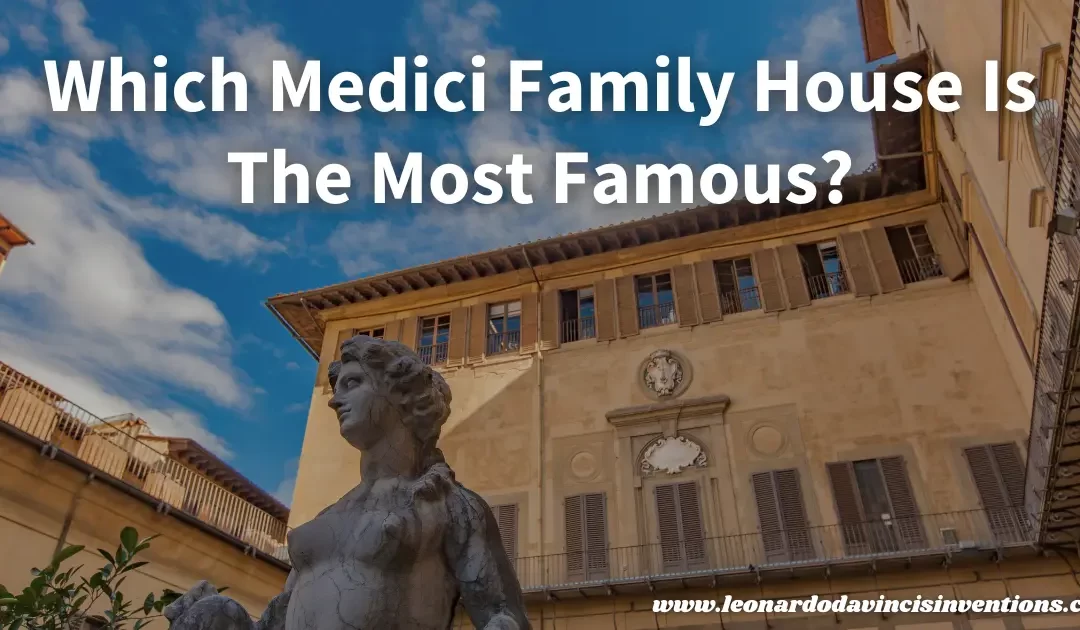

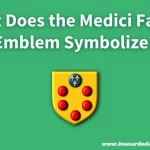
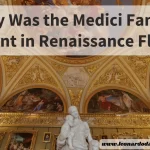
 Leonardo Bianchi,
the creator of Leonardo da Vinci's Inventions.
Thank you for visiting
Leonardo Bianchi,
the creator of Leonardo da Vinci's Inventions.
Thank you for visiting